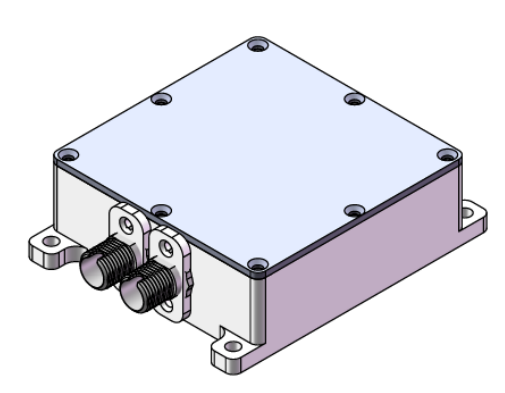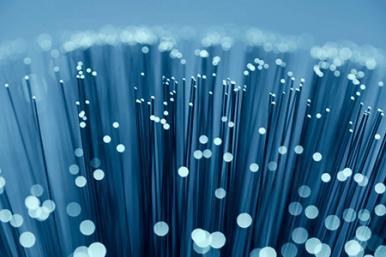Introduction of System
Optical coherence tomography (OCT) is an optical imaging technique that provides high-resolution, cross-sectional tomography (or 3-dimensional) imaging of the microstructure of materials and biological systems by measuring back-flashed or back-reflected light. With a resolution of 1 to 15 microns, OCT images are about 100 times better than traditional ultrasound, making them of far-reaching significance for diagnosing internal problems in biological tissues such as the human body, as well as inorganic samples.
There are two types of OCT technologies: Frequency Domain OCT (FD-OCT) and Time Domain OCT (TD-OCT). TD-OCT is based on the low coherence interferometry method, and the resolution of the system is determined by the coherence length of the light source. Its basic setup is similar to that of a Michelson interferometer. FD-OCT can be further divided into scanning laser-based FD-OCT and spectrometer-based FD-OCT.
 Schematic diagram of time-domain optical coherence tomography (TD-OCT, left) and frequency- or Fourier-domain optical coherence tomography (FD-OCT, right, depicting a subtype of FD-OCT, called Optical Frequency Domain Imaging [OFDI OCT]).
Schematic diagram of time-domain optical coherence tomography (TD-OCT, left) and frequency- or Fourier-domain optical coherence tomography (FD-OCT, right, depicting a subtype of FD-OCT, called Optical Frequency Domain Imaging [OFDI OCT]).
Both systems use a reference arm and an interferometer to detect the echo time delay of light. An interferometer uses a beamsplitter to divide the light into a measuring arm (tissue sample) and a reference arm. In TD-OCT, the reference arm is mechanically scanned (through a moving mirror) to create a time delay over time. In FD-OCT, the degree of interference is not the same because the light source is swept at a frequency basis. In FD-OCT, since the light source is swept in frequency, the interference of the 2 beams (tissue and reference) oscillates according to the frequency. In both systems, the interference of the signal ultimately provides amplitude and frequency data. In the FD-OCT system, all echo delays are obtained at the same time, which makes the speed of image acquisition greatly increased. Dramatically increase the speed of image acquisition.
Recommend module products for OCT
-Balanced Photodetector (Click for more info)
Please contact our engineers for more information.
Contact Email: sales@optoelectrotek.com
Or leave a Online Message






